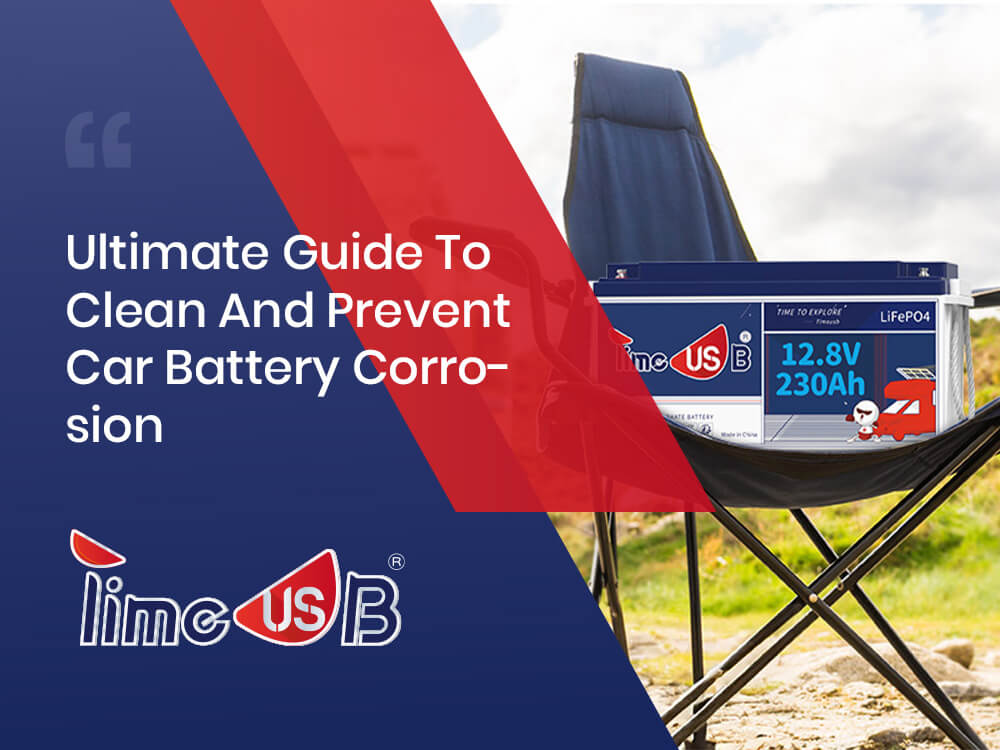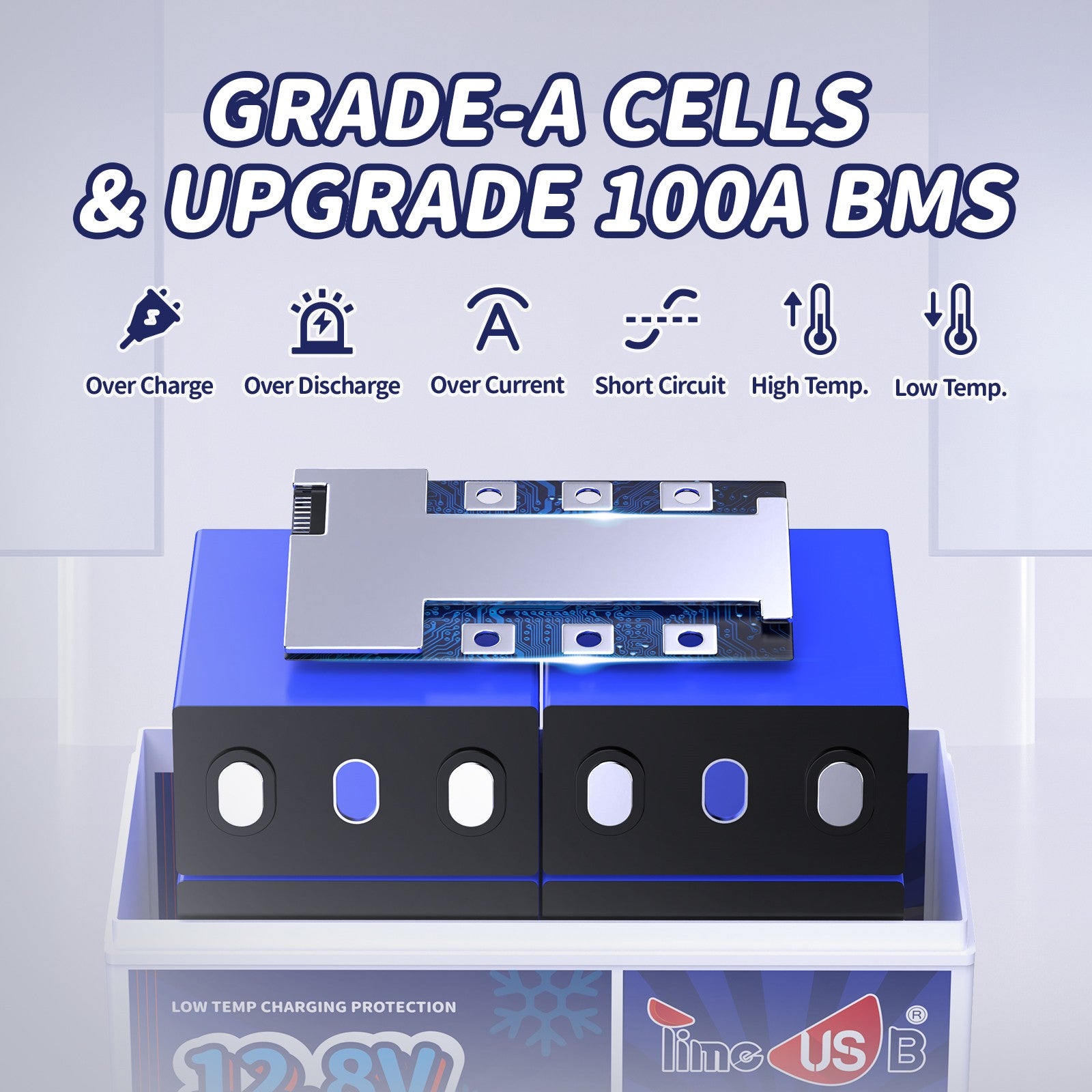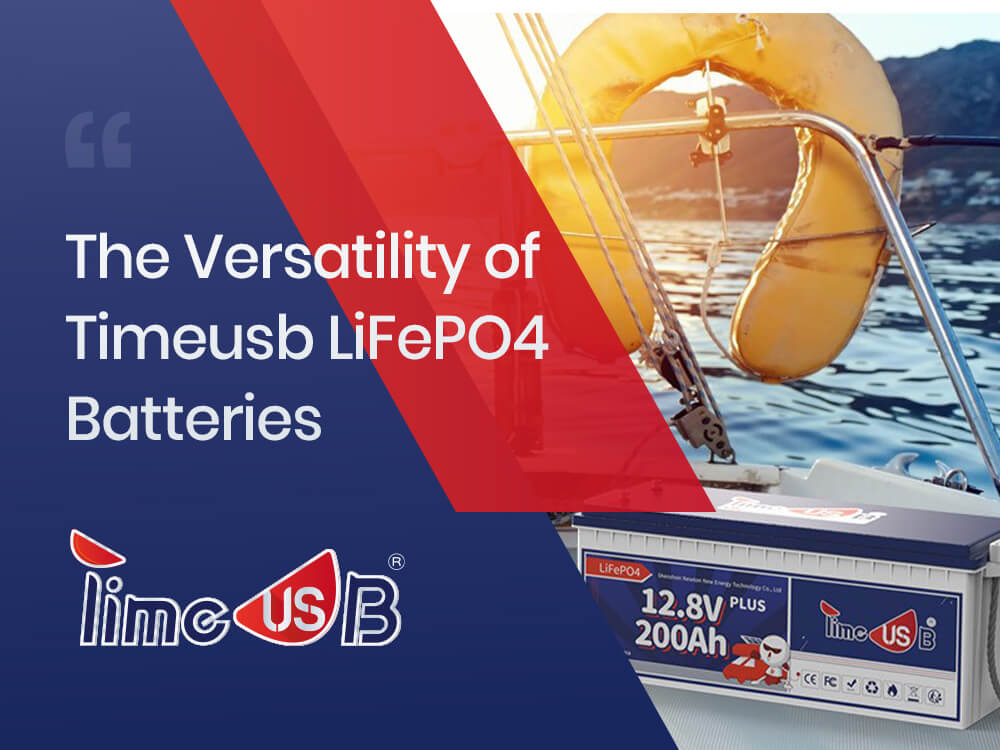Ultimate Guide To Clean And Prevent Car Battery Corrosion

Maintaining a clean and corrosion-free car battery is vital for optimal performance and longevity. Battery corrosion can negatively impact electrical connections, reduce battery life, and even lead to expensive repairs.
In this article, we will explore the importance of battery maintenance, discuss the causes and signs of corrosion, provide step-by-step instructions for cleaning corroded batteries, and offer preventative measures to ensure a healthy battery.
What Is Car Battery Corrosion?
Car battery corrosion refers to the build-up of a white or bluish-gray substance on the terminals and connectors of a car battery. It is primarily caused by a chemical reaction between the sulfuric acid in the battery and the metal components. Corrosion can also occur due to exposure to moisture, dirt, and other contaminants.
As the corrosion builds up, it can hinder the flow of electricity between the battery and the vehicle's electrical system, leading to poor performance and potential electrical issues. Corrosion can also cause the battery terminals to become brittle and break, further impacting the battery's ability to supply power.
What Causes Car Battery Corrosion?
Car battery corrosion is primarily caused by a chemical reaction between the sulfuric acid in the battery and the metal components. When the battery discharges and produces hydrogen gas, this gas reacts with the lead in the battery terminals to form lead sulfate. This lead sulfate can then combine with moisture and other contaminants in the air to form a white, fluffy corrosion buildup.
Factors that can contribute to car battery corrosion include:
Exposure to moisture
Moisture in the air can facilitate the chemical reaction and contribute to corrosion buildup.
Contaminants
Dirt, dust, and other particles in the air can mix with moisture and sulfuric acid to create a corrosive environment.
High temperatures
Higher temperatures can accelerate the chemical reaction and lead to faster corrosion buildup.
Overcharging
If the battery is overcharged, it can produce more hydrogen gas, increasing the likelihood of corrosion. Corrosion on the negative battery terminal is often a sign of undercharging, which can occur when you frequently take short drives and your vehicle's electronic system draws a substantial amount of battery power for onboard electronics.
Age and wear
As the battery ages, the potential for corrosion may increase due to wear and tear on the internal components.
Corrosion buildup on the battery terminals and connections can hinder the flow of electricity, reducing the battery's performance and potentially leading to electrical issues in the vehicle. It is important to regularly inspect and clean the battery terminals to prevent or remove corrosion.
Regular maintenance includes cleaning the terminals using a mixture of baking soda and water or a dedicated battery terminal cleaner. It is advisable to wear protective gloves and eye protection during this process. After cleaning, applying a corrosion preventative spray or petroleum jelly on the terminals can help deter future corrosion.
Step By Step Guide -- How To Clean Battery Corrosion
Step 1: Prioritize safety
The powdery residue surrounding the terminals of your battery can be corrosive and harmful to your skin and eyes. It's important to take precautions. Wear heavy-duty gloves and eye protection whenever you handle battery corrosion. If any corrosive material comes into contact with your skin or clothing, promptly wash it off.
Step 2: Disconnect the battery
Begin by disconnecting the negative terminal. Carefully release the cable from the battery, ensuring it is positioned safely away from the terminal. It's crucial to prevent it from slipping back into place. Next, remove the positive terminal connection.
Note: Before disconnecting the battery, consider using a battery memory saver. This device helps preserve stored data and safeguards your car's electrical system. Consult your vehicle's owner's manual for specific instructions on using a battery memory saver.
Step 3: Inspect the battery cables
Once the battery is disconnected, take a moment to examine the cables. Look for signs of fraying or corrosion where the cable connects to the terminal. Check if the insulation is dry or cracking. Damaged cables should be replaced.
Step 4: Remove the battery from the vehicle
While it's possible to clean battery corrosion while it's still in the car, the safest approach for you, your battery, and your vehicle is to remove it. Place the battery in a shallow bucket or pan to collect any corrosive material that will be washed away.
Step 5: Begin the cleaning process
It's time to neutralize and remove the corrosion from your car battery. Use a wire brush or scraper to eliminate any solid, powdery corrosion around the terminals and clean any dirt from the top of the battery casing. Brush the corrosion away so that it falls into the pan below.
Step 6: Neutralize the remaining corrosion
You have a couple of options to completely remove and neutralize the remaining corrosion:
- Battery terminal cleaner: This is a commercially available product specifically designed to clean and neutralize battery corrosion. It's a spray-on solution that changes color as it reacts with the corrosion.
- Baking soda and warm water solution: Mixing baking soda with warm water creates an effective neutralizing solution for cleaning battery corrosion. Remember to dip a rag into the solution and wipe away the corrosion instead of pouring the solution directly onto the battery top. This precaution prevents the solution from leaking into the battery cells and neutralizing the sulfuric acid inside.
Note: Don't forget to clean the terminal ends that connect your battery to the cables. You can dip the ends in a baking soda and water solution or use a commercial battery terminal cleaner.
Step 7: Dry and polish
Use a microfiber cloth to dry the battery casing, posts, and terminals. Employ a terminal cleaning brush to eliminate any debris or coatings from the terminals that may hinder the connection.
Step 8: Replace and reconnect
Return the battery to its tray in the engine compartment and reconnect the terminals. Start by firmly attaching the positive terminal to the cable and then secure the negative terminal. Finally, replace the battery hold downs.
How To Prevent Battery Corrosion
To prevent battery terminal corrosion, follow these steps:
Keep the battery clean
Regularly inspect the battery terminals and clean them to remove any dirt, grime, or debris. Use a wire brush or a battery terminal cleaner to scrub away any corrosion or buildup on the terminals.
Apply a protective coating
After cleaning the battery terminals, apply a thin coat of petroleum jelly or terminal protectant spray to the terminals. This helps create a barrier that prevents moisture and corrosive substances from reaching the metal surfaces.
Ensure proper battery installation
Make sure the battery is securely fastened in its tray to minimize movement and vibrations. Loose batteries can cause the terminals to loosen and promote corrosion.
Tighten the terminal connections
Check the tightness of the battery terminal connections periodically. Loose connections can lead to electrical resistance and increase the risk of corrosion. Use a wrench to securely tighten the terminal clamps without over-tightening.
Avoid overcharging the battery
Overcharging a battery can generate excessive heat, which can contribute to corrosion. Follow the manufacturer's recommendations for charging and avoid leaving the battery on a charger for an extended period.
Prevent acid leakage
Ensure that the battery vent caps are properly sealed to prevent acid leakage. Acid leaks can accelerate corrosion and damage surrounding components. If you notice any leaks, address them promptly and consider replacing the battery.
Check the vehicle's electrical system
A faulty electrical system can cause excessive charging or discharging of the battery, leading to corrosion. Regularly inspect and maintain the vehicle's electrical system, including the alternator, voltage regulator, and wiring.
Store the vehicle properly
If you're storing a vehicle for an extended period, disconnect the battery or use a battery maintainer to keep it charged. Storing a fully discharged battery can lead to sulfation, which increases the risk of corrosion.
Upgrade to LiFePO4 Lithium Battery and Say Goodbye to Battery Corrosion
Upgrading to a LiFePO4 (Lithium Iron Phosphate) lithium battery is an excellent way to say goodbye to battery corrosion. Unlike traditional lead-acid batteries, LiFePO4 batteries are not susceptible to corrosion issues, providing a more reliable and maintenance-free power source. Here are the benefits of upgrading to a LiFePO4 lithium battery:

Corrosion-free
LiFePO4 batteries do not produce corrosive gases during operation, eliminating the risk of terminal corrosion. This is because they use a different chemistry that does not involve acid or lead, resulting in a cleaner and safer battery solution.
Longer lifespan
The LiFePO4 batteries offered by Timeusb have a much longer lifespan than traditional lead-acid batteries. With life cycles up to 4000-15000, these batteries can last up to 10 years.They can endure a higher number of charge-discharge cycles, providing more years of reliable service without the need for frequent replacements.
Lightweight and compact
LiFePO4 batteries are much lighter and more compact than lead-acid batteries with similar power ratings. This makes them ideal for applications where weight and space are critical factors, such as recreational vehicles, boats, or off-grid solar systems.
Higher energy efficiency
LiFePO4 batteries offer higher energy efficiency, meaning they can deliver more usable power from the stored energy. They have a lower self-discharge rate, which allows them to retain their charge for longer periods without the need for frequent recharging.
Fast charging capabilities
LiFePO4 batteries can handle faster charging rates compared to lead-acid batteries. They can be charged at higher currents without negatively affecting their performance or lifespan, allowing for quicker recharge times.
Enhanced safety features
LiFePO4 batteries have built-in safety features BMS (battery management system) , including thermal stability and improved resistance to thermal runaway or overheating. This makes them less prone to dangerous situations like explosions or fires, providing added peace of mind.

Environmental friendliness
LiFePO4 lithium batteries are considered more environmentally friendly than lead-acid batteries. They are recyclable, have lower toxic material content, and do not release harmful gases or chemicals during usage or disposal.
It's important to note that upgrading to a LiFePO4 lithium battery may require some adjustments to the charging system and battery management. Consult with a professional or refer to the manufacturer's guidelines for proper installation and usage of LiFePO4 batteries in your specific application.

By upgrading to a LiFePO4 lithium battery, you can enjoy the benefits of a corrosion-free, long-lasting, and efficient power solution, making it a reliable choice for various applications.


![[Full Guide] The Comprehensive Guide to LiFePO4 Battery Life](http://www.timeusbpower.com/cdn/shop/articles/The_Comprehensive_Guide_to_LiFePO4_Battery_Life_757d2749-9468-4739-ac83-0960c27749b0.jpg?v=1722918256&width=1080)
